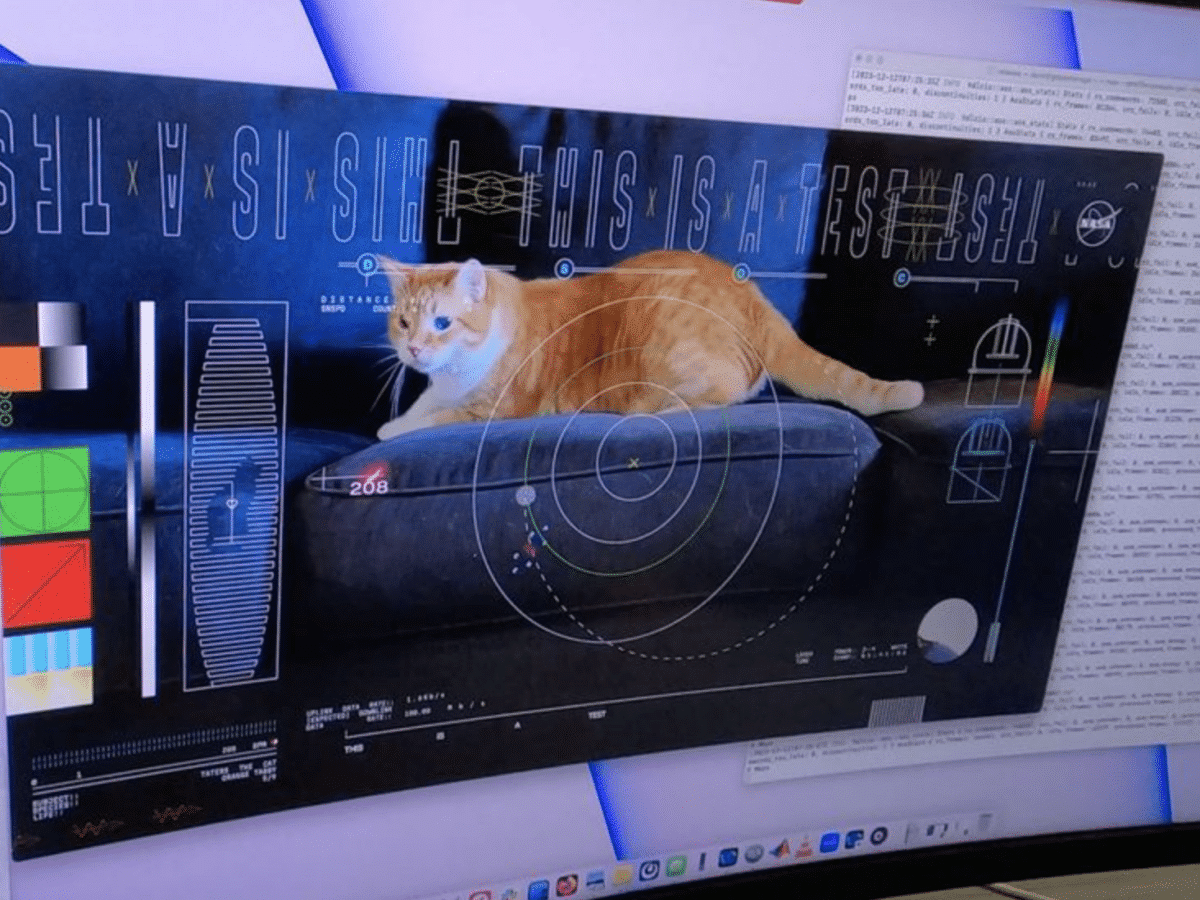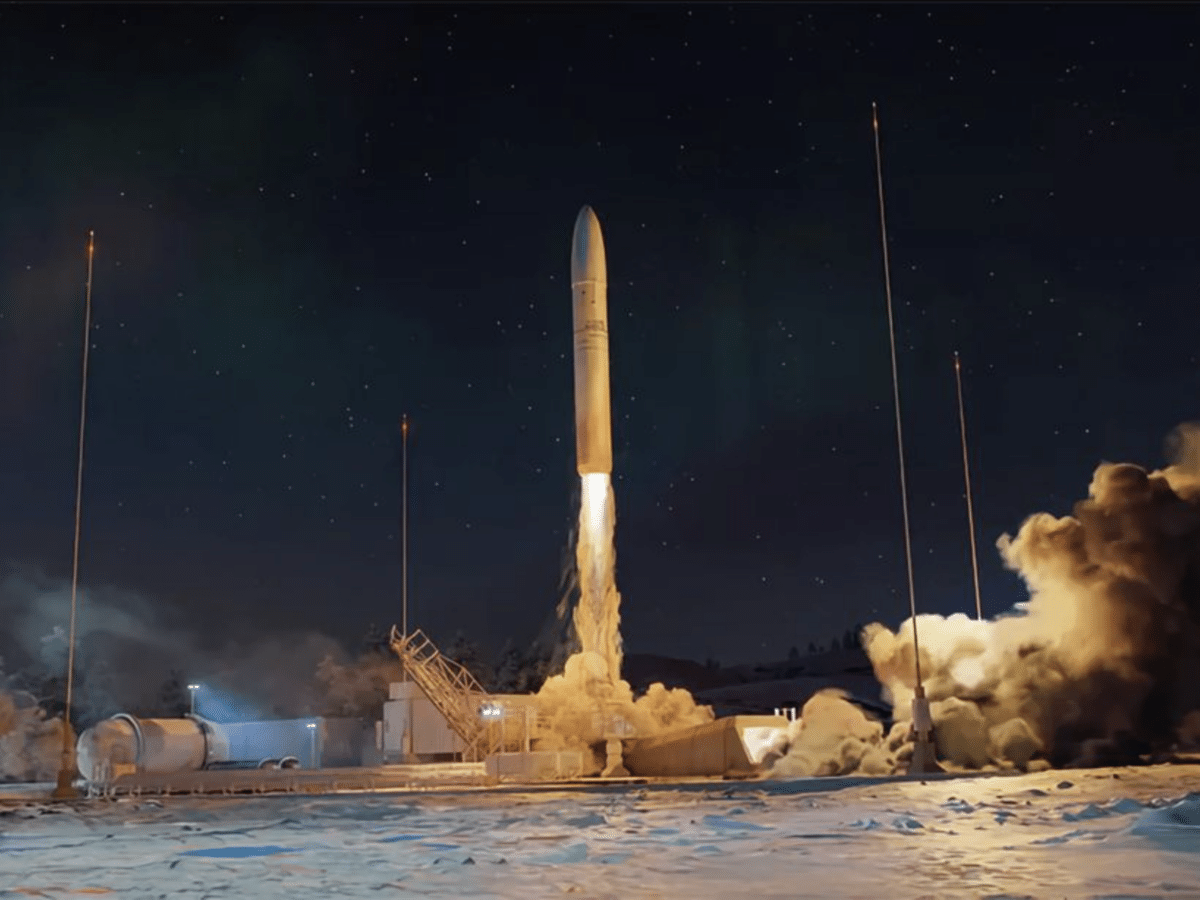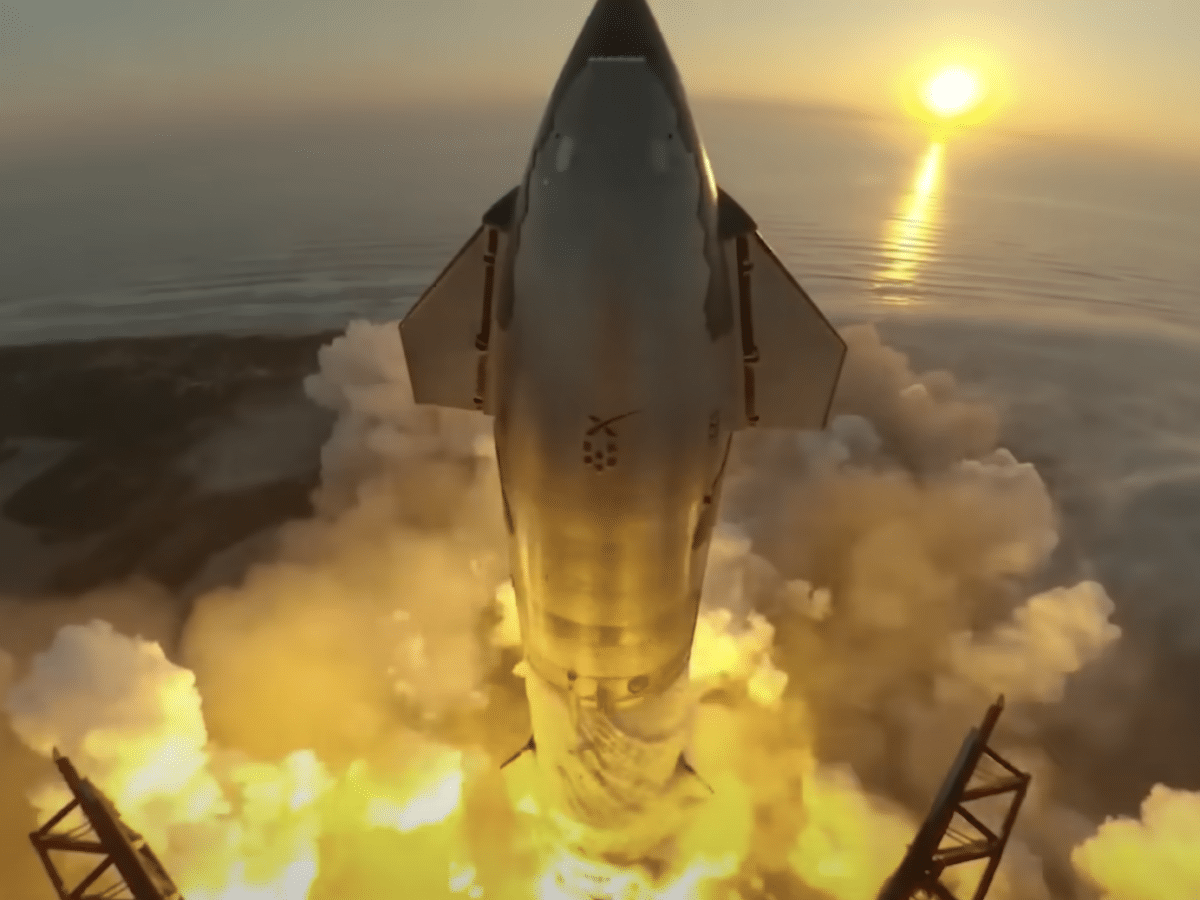The Hubble Space Telescope has now captured some of the aftermath that occurred when NASA’s DART mission (Double Asteroid Redirection Test) collided with the asteroid Dimorphos in September last year, which NASA conducted to test if they could change the course of the asteroid.

As seen in the images above and below, the collision resulted in at least 40 observable chunks of rock being released from the asteroid, which have now become their own asteroids following Dimorphos. It is estimated that these new asteroids are 4-7 meters in size.
They move very slowly, less than one meter per second, but some of the new asteroids are assessed to have a speed that could eventually allow them to break free from Dimorphos’ gravity.

In about three years, ESA’s Hera mission will arrive at Dimorphos and its main asteroid, Didymos. At that time, astronomers will be able to observe more closely how the DART spacecraft’s collision with Dimorphos affected the asteroid system.






